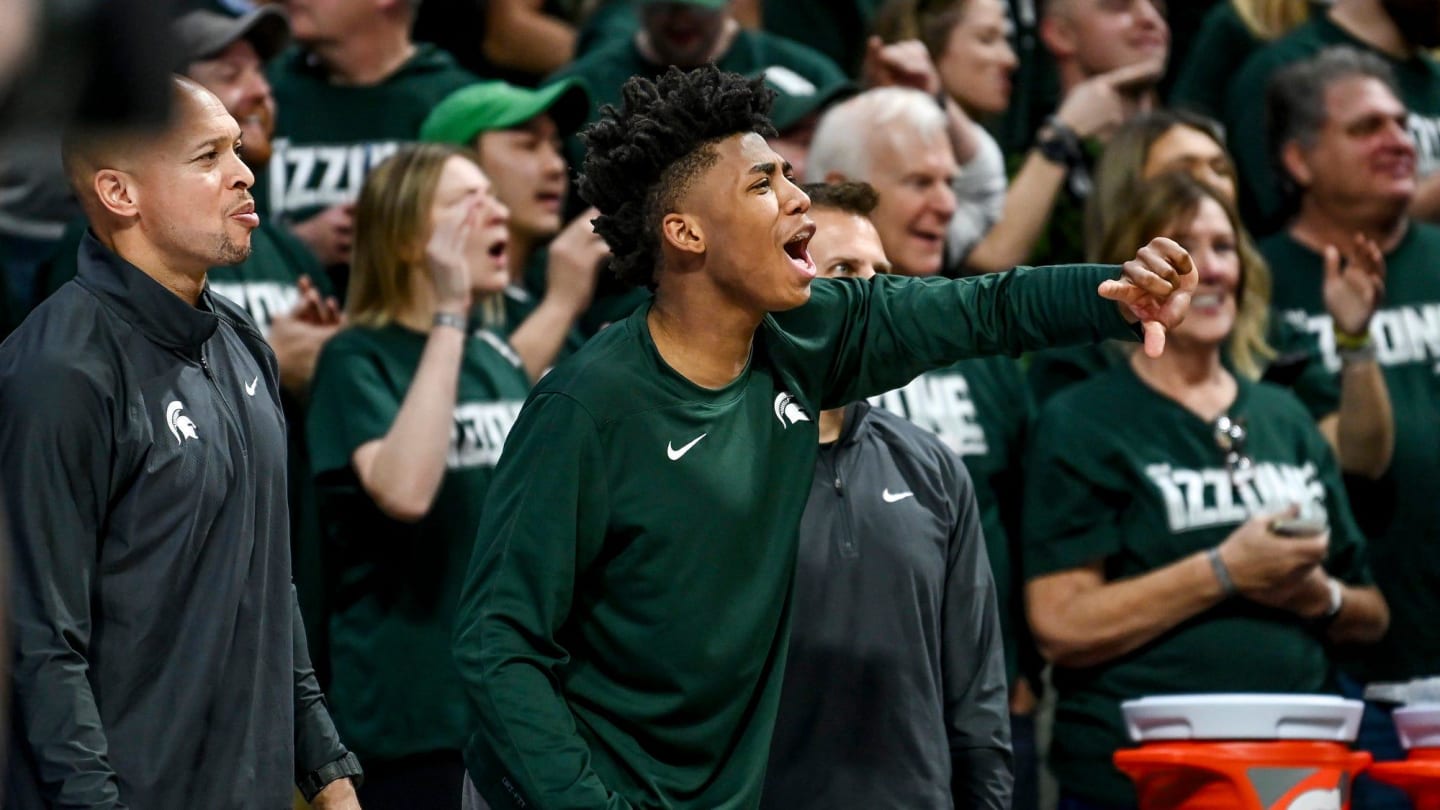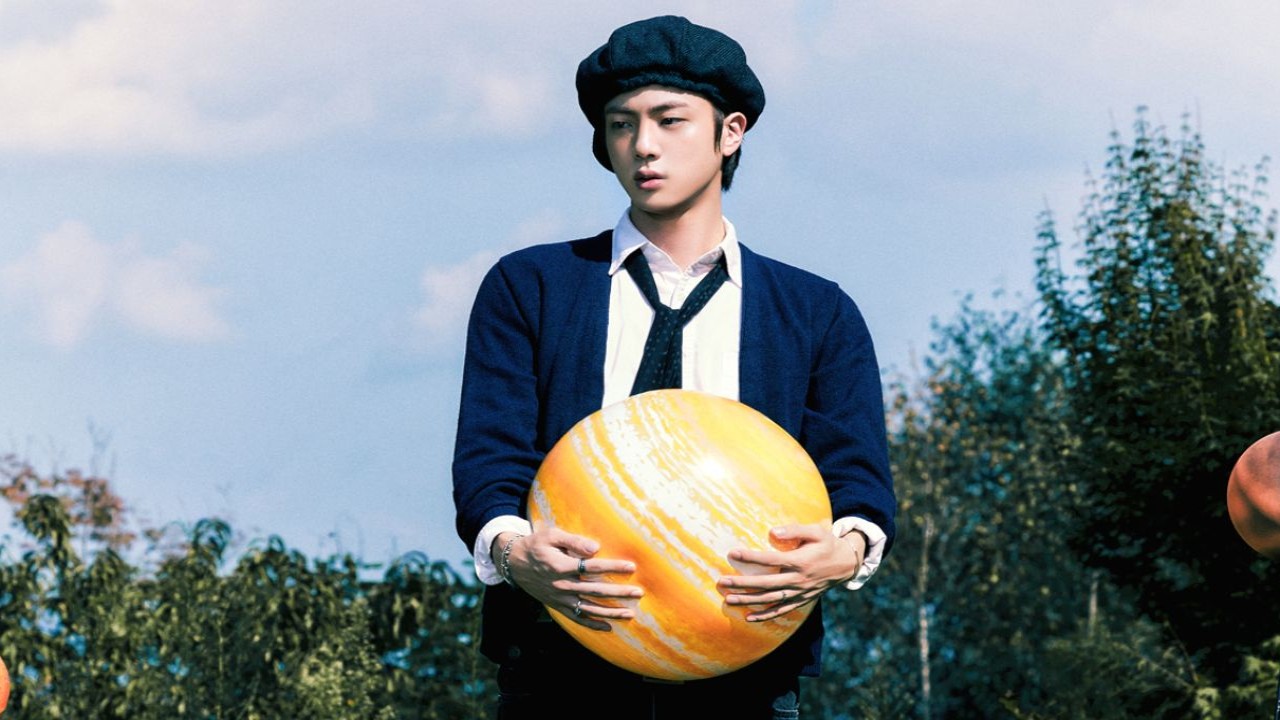When Russian troops rolled toward Kyiv in February 2022, millions of Ukrainians fled, but many of those who remained rushed to protect the country’s cultural heritage. Statues were encased in sandbags, monuments boarded up, sculptures wrapped, and framed paintings taped over.
Ukraine covers its statues to protect them from the Russian war

In Kiev’s Sophia Square, vines entwine around a statue of the revered Cossack leader Bohdan Khmelnytsky, whose head protrudes defiantly above the surrounding guard rails. They don’t look like they could withstand a strong wind, let alone a Russian missile.
“This reminds us of the war again,” said Polina Chebotareva, 19, a law student, as she walked past Khmelnytskyi. She said she feels “pain” when she looks at the city’s covered monuments.
On the other side of the Dnieper, Prince Volodymyr, who is celebrated as the founder of Christianity in Kiev, stands completely unprotected on his pedestal. The Ukrainian composer Mykola Lysenko is better protected – only his scalp protrudes from rotting sandbags.
Volunteers and public employees were the first to protect Ukraine’s monuments and works of art, often at their own expense and as a temporary measure, explained Maryna Solovyova, head of the monument protection service at the Kyiv City Council.
Authorities have now installed protective walls for some of the statues, which are covered with line drawings and text describing the figures inside. The city council is also looking for “long-term protection” for the cultural monuments, Solovyova said. “At first we thought it would, well, not last that long.”
Princess Olha, a ruler of Kiev, and Dante Alighieri, the famous Italian writer of the Middle Ages, were freed from their sandbags last year after their porous white marble bodies became moldy and turned green.
The invasion also sparked a government program of “decolonization” and “de-Russification” that began in 2015. Communist stars were removed and replaced with hammers and sickles.
For ten years, Ukrainian artist and activist Zhenya Molyar insisted that Soviet monuments, some of which were made in Ukraine, be protected and put in context. “But now I understand how provocative they can be,” he said, suggesting they be placed in a museum.
A rectangle of uneven ground marks the spot where the statue of Russia’s national poet Alexander Pushkin once stood on a pedestal in Kyiv’s central Ivan Bahrianyi Park. All that remains of Red Army soldier Mykola Shchors and his bronze horse are severed hooves.
The empty spaces “can be a sign of the weakness of the state and society,” said Anton Drobovych, head of Ukraine’s Institute of National Memory. “(They) should be used in the interests of the community after comprehensive expert and public hearings.”
But Olha Balashova, an art historian who runs an archive of contemporary war art, disagrees, arguing that the rooms should remain empty. “We really need the space, time and discussion in the new society to just think about the future,” she said.
On a highway to Kyiv, the place names on signs are still covered in black spray paint. They were originally obscured to confuse Russian troops as they advanced into the city. For Balashova, the signs are not only a sign of protection from invasion, but also a reminder that one is on Ukrainian homeland.
“We don’t need signs to navigate our home space and our home town, but invaders do,” she said.



